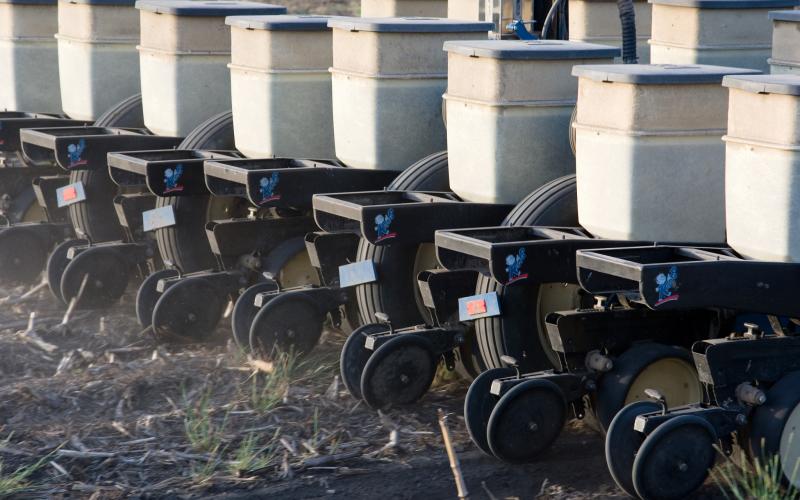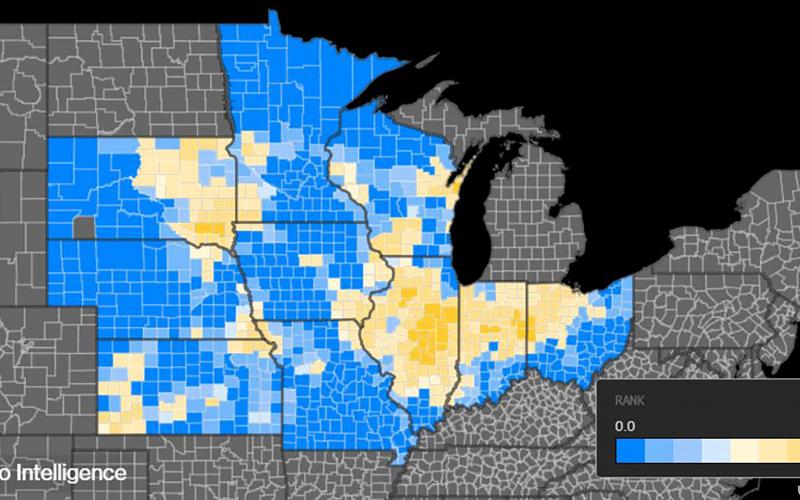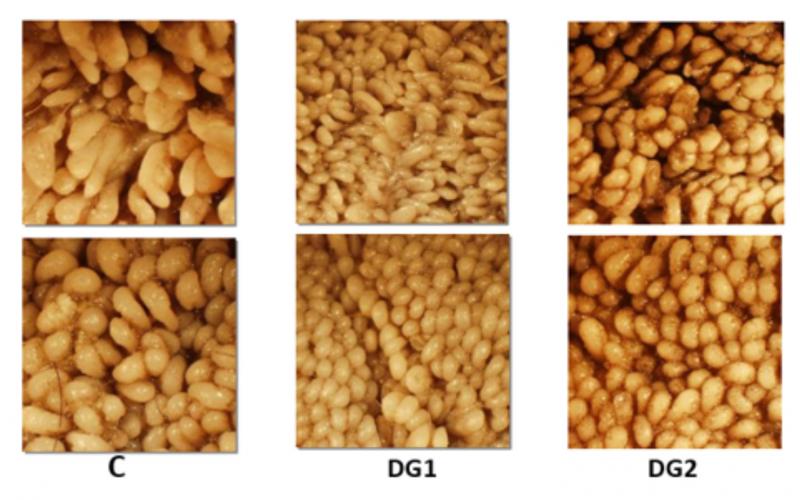Search

Late Soybean Planting: Management Considerations
While saturated soil conditions are prevalent in many areas of the state, extended weather outlooks suggest that producers may be able to return to the fields and resume soybean plantings in the near future. Should management practices change due to the late planting season?

Bookwork, The Missing Management Component: Depreciation Determination and Use
Another component of determining net income is depreciation. This is one component of the Schedule F that many understand the least. Typically, the most use it gets is to minimize income tax through accelerated tax depreciation under section 179.

Bookwork, The Missing Management Component: Balance Sheet Valuations
The financial crash of the 1980’s has been attributed to changes in producer’s balance sheets, due to a decline in land prices. After this time, a two-column balance sheet was developed to help prevent that type of balance sheet collapse from occurring in the future.

Bookwork, The Missing Management Component: Consistency of Financial Records
Consistent record keeping will allow for accurate ratios and trend analysis. While operations will change, grow, or contract, having a standard operating procedure will allow for analysis and decision-making.

Is Herbicide Carryover a Concern in Wet Weather?
Wet conditions have forced the need to change planting plans. In some cases, crops are planted in areas that were not planned for that crop this year. One factor in moving crops that cannot be overlooked is carryover. Does the ground to be planted have a carryover restriction for the desired crop to be planted?

Income-Based Health Insurance Options
The Affordable Care Act (ACA) is a comprehensive health care reform law enacted in 2010 to make affordable health insurance available to more people. The law provides consumers with subsidies, otherwise known as premium tax credits, which lower costs for households with incomes between 100% and 400% of the federal poverty level.

Health Insurance Benefits: Don’t Let Them Go to Waste
As the end of the calendar year approaches, does your health insurance calendar year also end? Health insurance often provides free preventive care checkups or funds for flexible savings accounts (FSA) or health reimbursement accounts (HRA).

Stretching Corn Silage Supplies
During the 2002 drought there was a need to stretch corn silage supplies as a result of the drought that affected the U.S. Now we deal with the opposite scenario, where excessive spring rains have not allowed farmers to get to the fields. In both situations livestock producers face challenges.

Distillers’ Grains and Rumen Papillae Growth
Distillers grains are without a doubt one of the most versatile ruminant feedstuffs. Aside from their high concentration of sought-after nutrients (i.e. protein, energy, phosphorus), their impact on the digestibility of other feeds is minimal. In fact, by not interfering with the digestion particularly of structural carbohydrates, they allow for more energy to be obtained from forages.

What You Need To Know To Enroll in Health Insurance Through the Marketplace
The Health Insurance Marketplace allows consumers to complete a streamlined application to determine qualification for coverage under different health care plans. Learn some tips for getting started during the open enrollment period of November 1 through January 15.